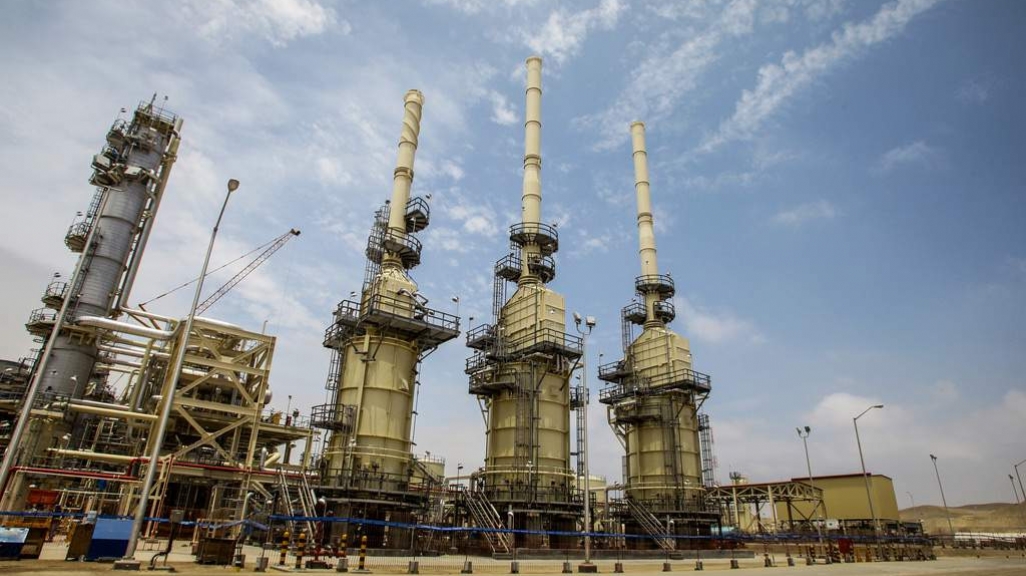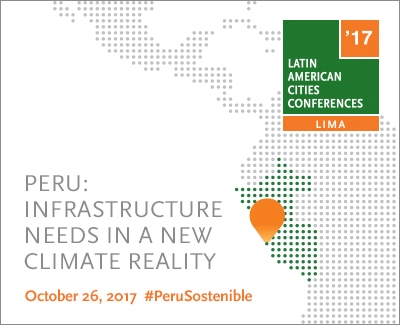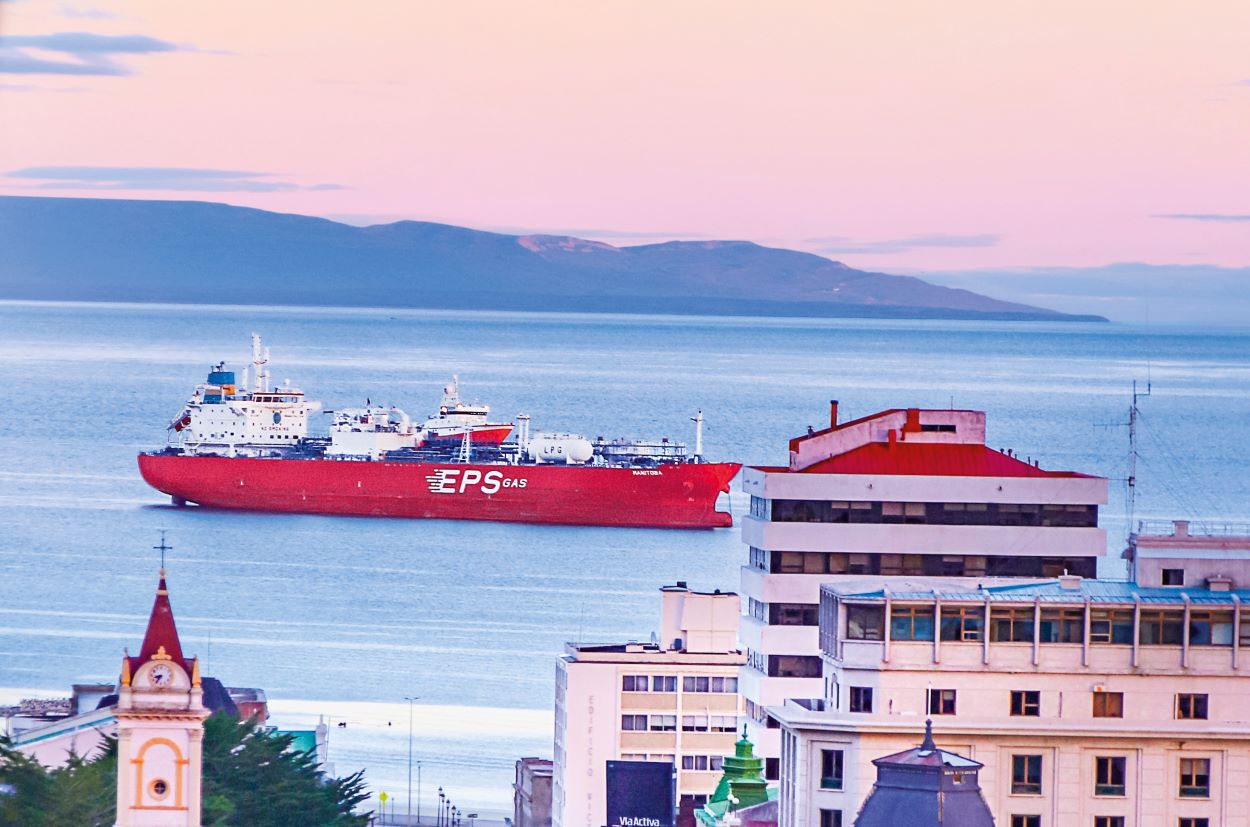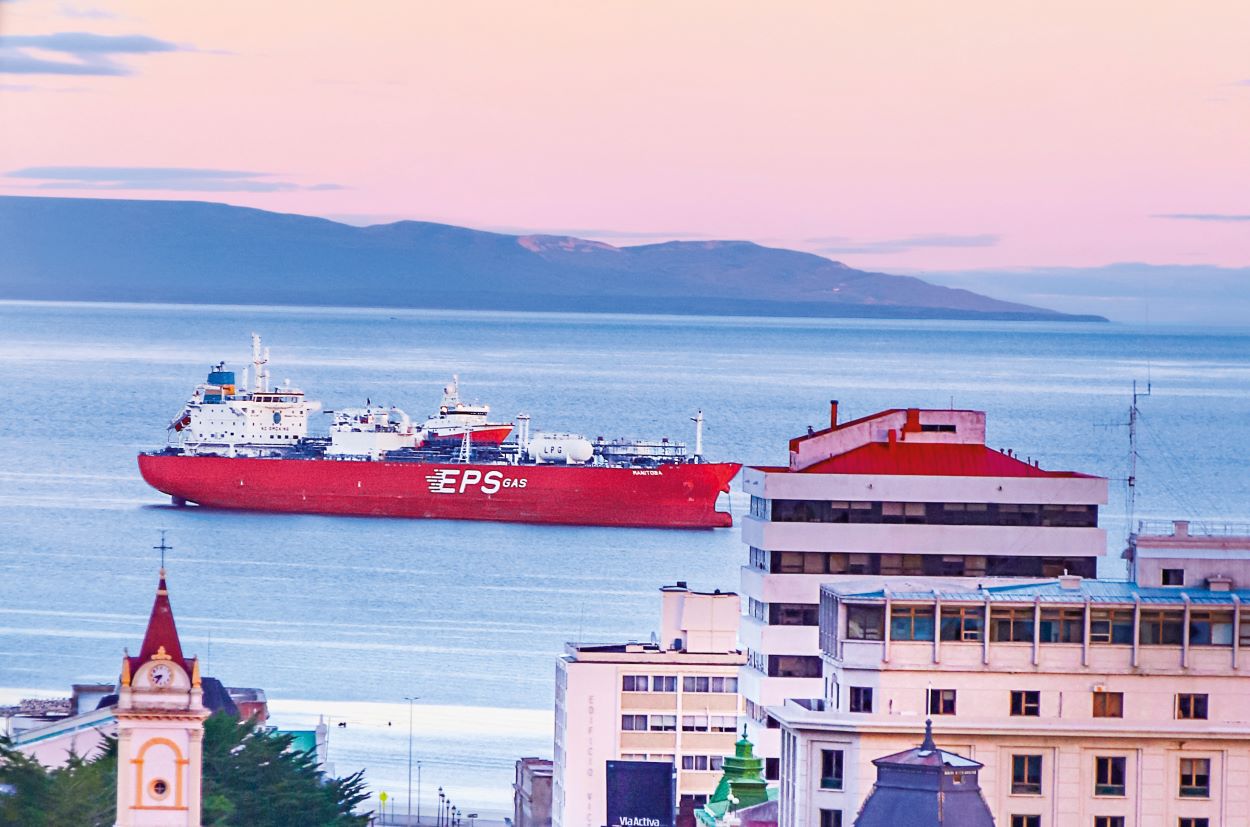Update: Peru's Virtual Pipeline
Update: Peru's Virtual Pipeline
A new distribution system will help bring natural gas to 11 cities across the country.
Early last month, a new truck-loading facility opened on the southern outskirts of Lima that will serve as a distribution hub for goods being delivered up and down the country. The logistics and venue would be fairly routine were it not for the nature of the product that will be transported: natural gas. Originally sourced from the Peruvian Amazon, the gas will be used to power and fuel nearly 200,000 homes across the country.
A virtual solution to a long-standing problem
The distribution system is a government-sponsored initiative years in the making known as a “virtual pipeline.” Its aim is to broaden the reach of Peru’s gas resources beyond the greater Lima area. In a nutshell, gas that is produced from the giant Camisea field in Peru’s interior will make its way via physical pipeline to the coast south of Lima. It will then be liquefied at cryogenic temperatures, trucked in its liquid state to northern and southern cities, regasified, and distributed to individual homes.
This virtual pipeline network will put to creative use South America’s lone liquefaction facility. The liquefied natural gas (LNG) plant where the conversion will take place normally ships off gas as exports, but under this virtual arrangement will be converting LNG for the domestic market.
The project is also part of the government’s fix for a long-standing conundrum facing its natural gas industry: lots of resources but very little transmission infrastructure.
|
|
It is difficult to understate the significance of Camisea to Peru’s energy profile. Since its launch in 2004, the field’s development has brought in more than $13 billion of investment and more than $7 billion in royalties for the national government. Peru’s hydrocarbon production grew by an estimated 260 percent in the decade leading up to 2014, thanks largely to the Camisea field. That, along with a government-subsidized price for gas, promoted a domestic gas industry that did not previously exist. Prior to Camisea, the country’s power matrix was dominated by hydro resources, but is now evenly split between hydro and natural gas.
The problem, however, is that most of that gas consumption is concentrated in Lima. Only the capital city and Ica in southern Peru are connected to major gas transmission pipelines. The rest of the country does not have access, relying instead on diesel, gasoline, and kerosene for fuel needs.
Traversing mountains, deserts, jungles
The imbalance is largely due to Peru’s difficult topography. It is a costly engineering challenge to construct physical pipelines that will traverse vast mountains, desert, and jungle. As a result, unlike a spider web network of pipelines that exists in gas-rich countries such as the United States or Brazil, Peru is sparse when it comes to gas infrastructure.
To address this disconnect, the virtual pipeline project was launched in 2013 as part of the central government’s national energy strategy to promote the mass use of natural gas throughout the country. From the loading facility in Cañete, in the southern Lima region, gas will be trucked to 11 cities that currently do not consume Camisea gas. Seven in the north of Peru: Cajamarca, Chiclayo, Chimbote, Huaraz, Lambayeque, Pacasmayo, and Trujillo, as well as four in the south: Arequipa, Ilo, Moquegua, and Tacna. Each city will be equipped with a regasification facility.
Royal Dutch Shell is responsible for the initial commercial operations of the system. The company holds the marketing rights for 100 percent of the gas processed at the LNG facility. Shell will then sell the gas to the concessionary companies responsible for transporting and distributing the supply across the country. Gases del Pacífico, a subsidiary of Colombian gas company Promigas, is in charge of distributing gas to households in the north, while Spain’s Gas Natural Fenosa holds the concession rights to distribute gas in the south. Across all cities, the system is expected to service up to 200,000 households. In total, counting the $17-million truck loading facility, regasification plants and regional distribution pipelines, the virtual pipeline project entails an estimated investment of $220 million.
The system itself is not a unique endeavor. Virtual pipelines are currently utilized in Colombia and Spain—which is in large part the reason why companies from those countries were awarded distribution concessions—and, to a smaller degree, Bolivia. Nor is the system transporting massive volumes of gas. The facility will initially load 18 trucks daily with 20 million cubic feet per day. By comparison, one production unit fitted to service some of the larger oil and gas fields in offshore Brazil has the capacity to process the equivalent of 140 million cubic feet per day of natural gas. There are also vast parts of the country that will still be under-serviced, despite the extended reach of these new routes.
But, in its own right, the virtual pipeline network is a significant policy achievement for the broader issue of energy security and infrastructure diversity in Peru. “It’s an enormous success amidst a complicated story,” President Pedro Pablo Kuczynski said at an inauguration ceremony for the truck facility. “Natural gas will reach now more regions in Peru, as natural gas is now being supplied only in Lima and Ica.” And the government hopes that by opening up new markets, producers further upstream will see greater incentives for exploring and producing new projects.
The trucking facility has been operating on a trial basis since its September 8 inauguration. Full commercial operations are expected to launch early next month.









